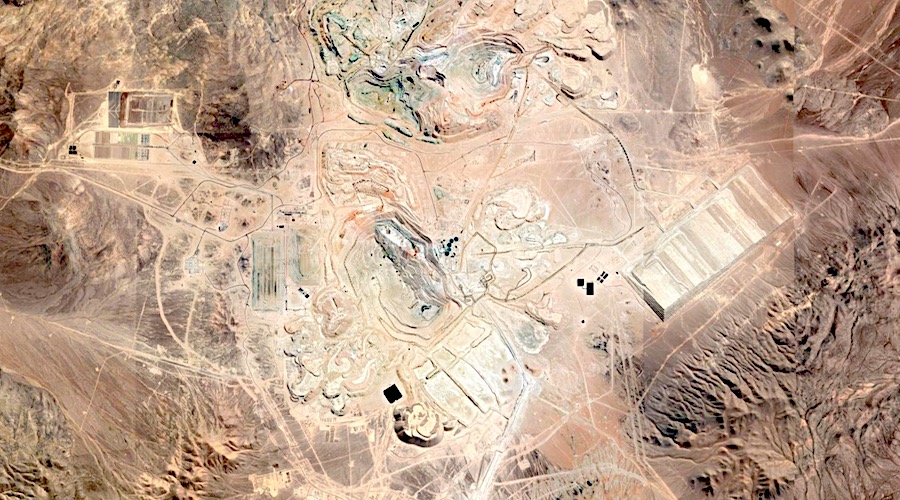
Scientists from the United States Geological Survey have developed a new scientific mechanism for assessing the potential risk to worldwide mineral commodity supplies from seismic activity.
The methodology was developed through studying copper and rhenium but provides a framework for future studies assessing many other mineral commodities around the globe, USGS said in a news release on Thursday.
Earthquakes have the potential to substantially affect mining operations, leading to supply chain disruptions that adversely affect the global economy, USGS said, adding that the new study quantifies that risk to copper and rhenium supply by examining the impact of earthquakes on mining, smelting, and refining operations across the globe.

Many of the largest copper mines and processing facilities are concentrated in the highly seismic regions of South America, East Asia and the Pacific, with the resulting potential for cascading effects on the entire copper supply chain. Rhenium is a byproduct produced at some copper mines and therefore has similar risk.
“The potential impacts of earthquake hazards on global mineral commodity supplies have previously not been systemically quantified,” USGS chief of minerals intelligence research Dr. Nedal Nassar said.
“While our study assessed the potential for the disruption to the supplies of copper and rhenium due to earthquake hazards, this published framework will serve as a template for other mineral commodities of interest around the world,” added Dr. Kishor Jaiswal, USGS research structural engineer and lead author of the study.
Results of this study could be incorporated into economic models that would provide insights into the impacts of supply disruptions. Such analyses could be useful to national governments, mining companies, development organizations and insurance companies in making key management and business decisions, USGS said.
The full study is here.
Comments